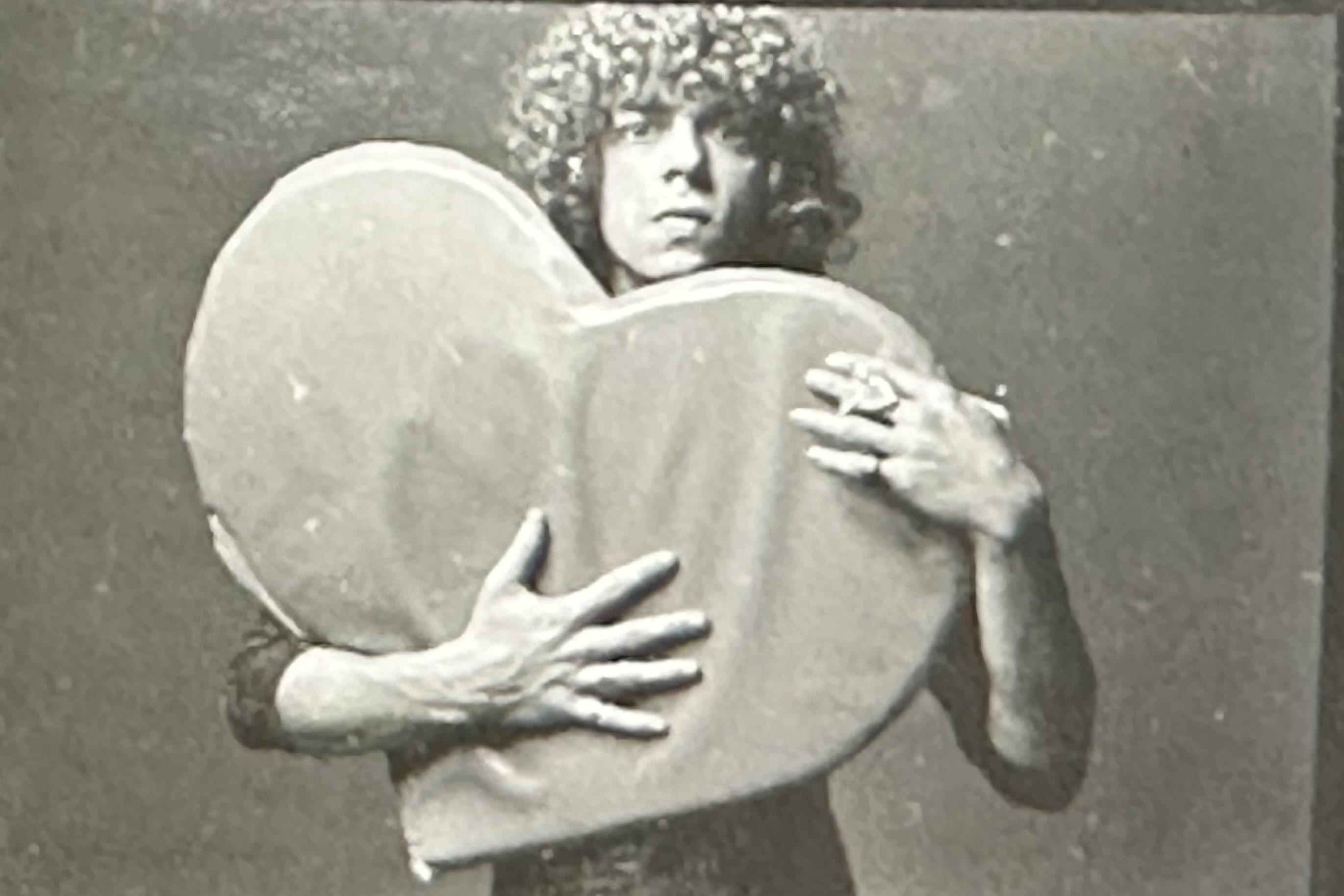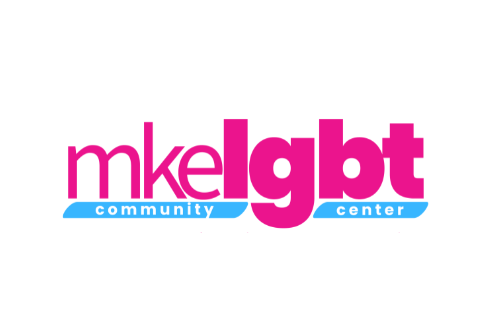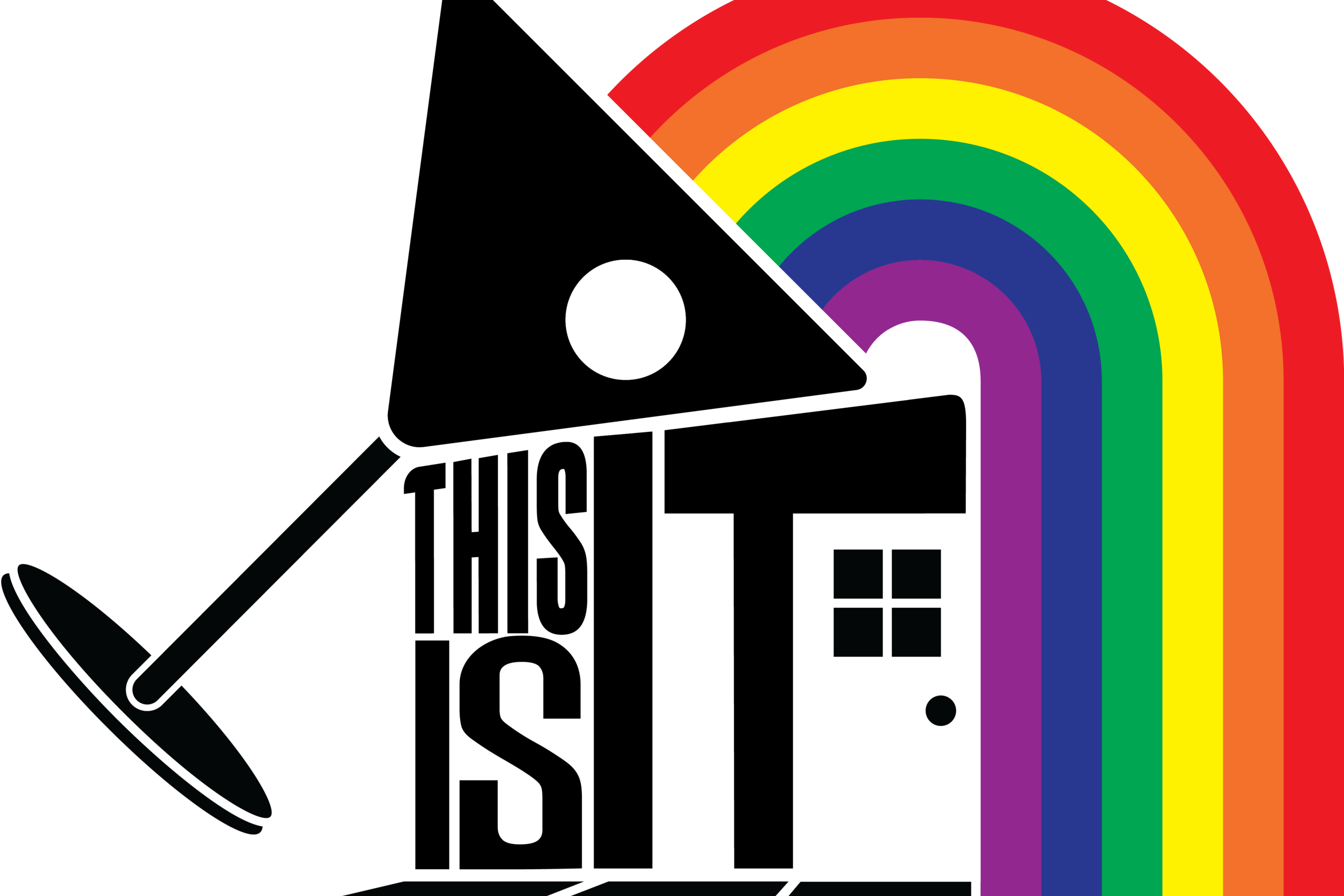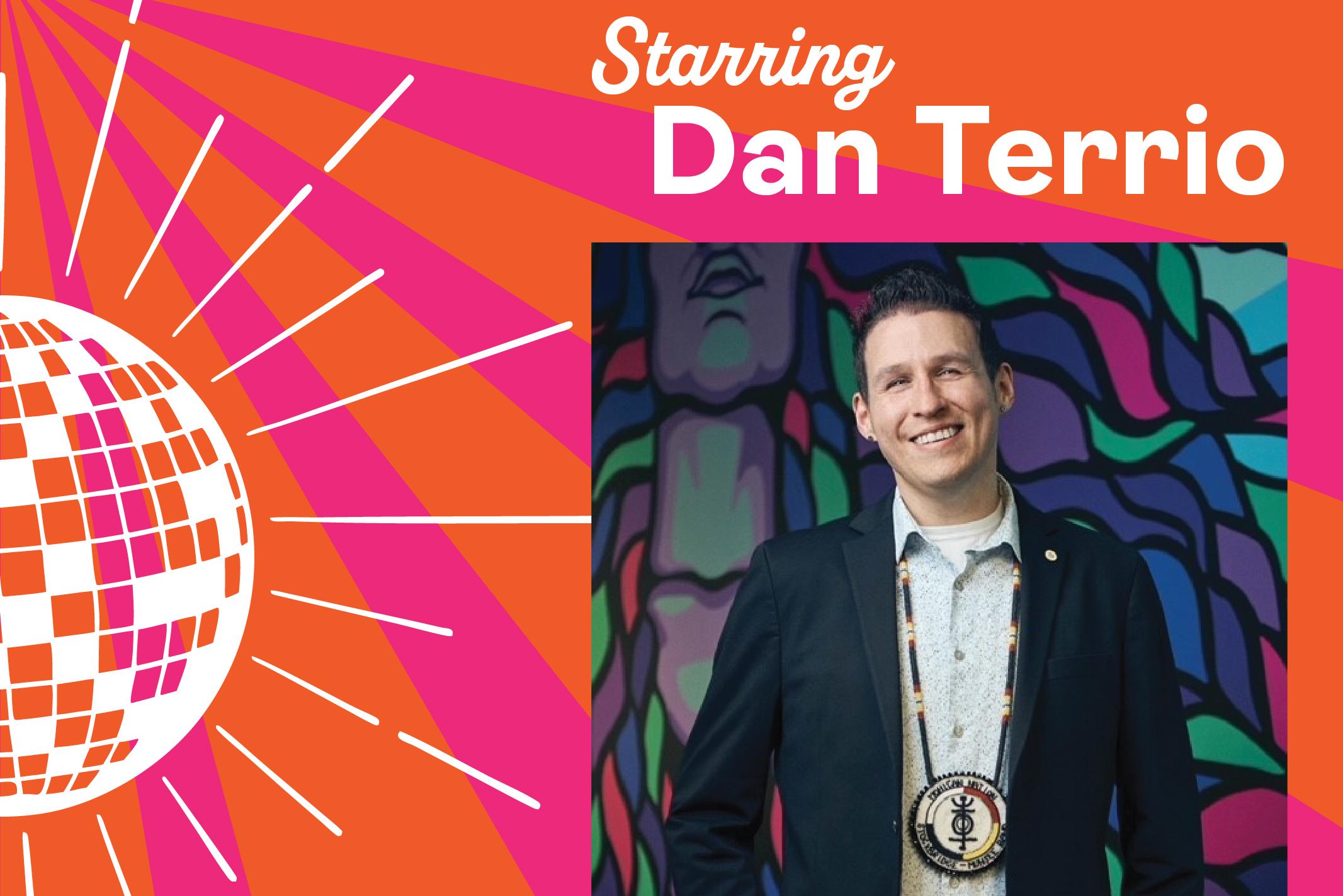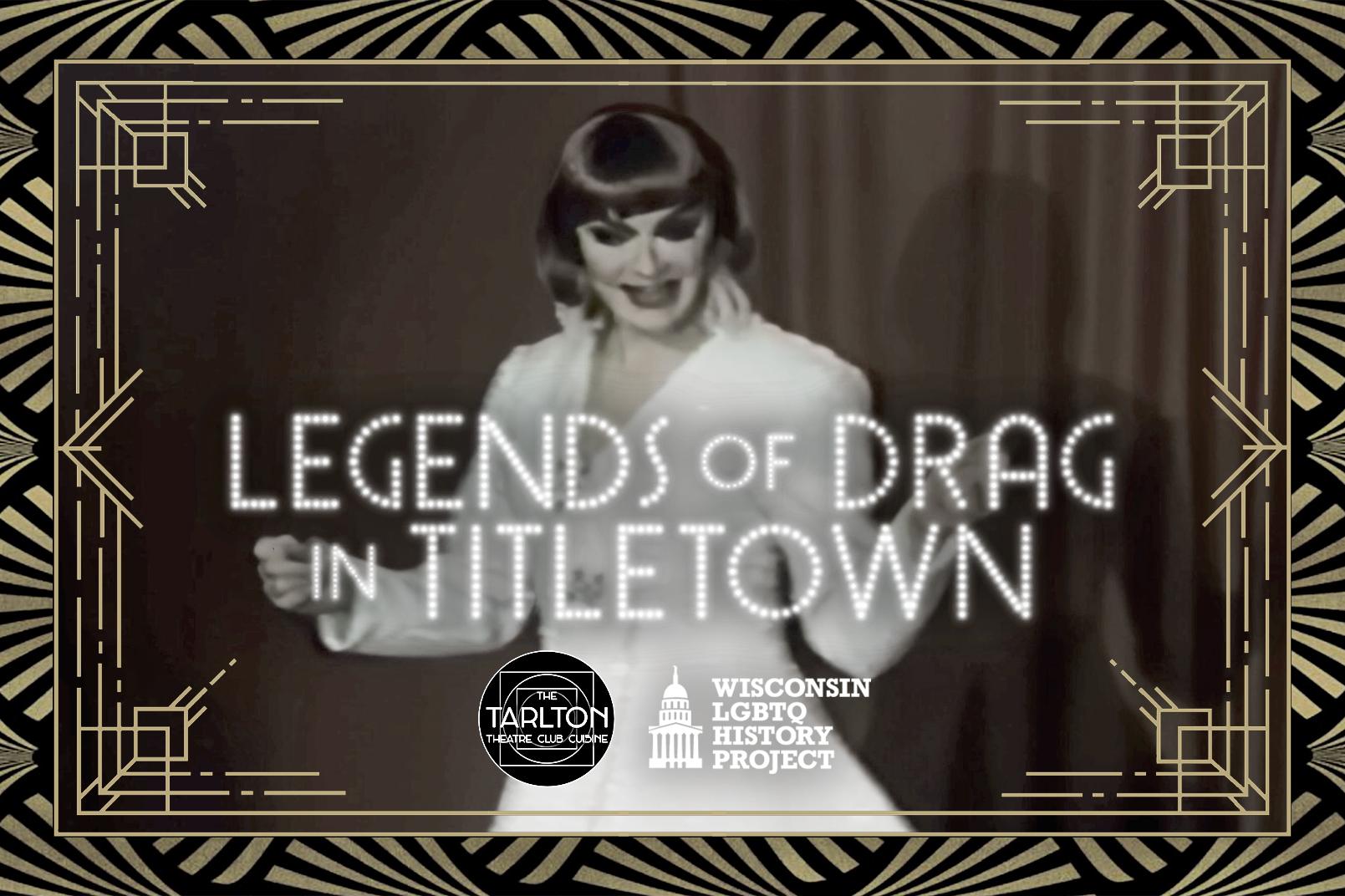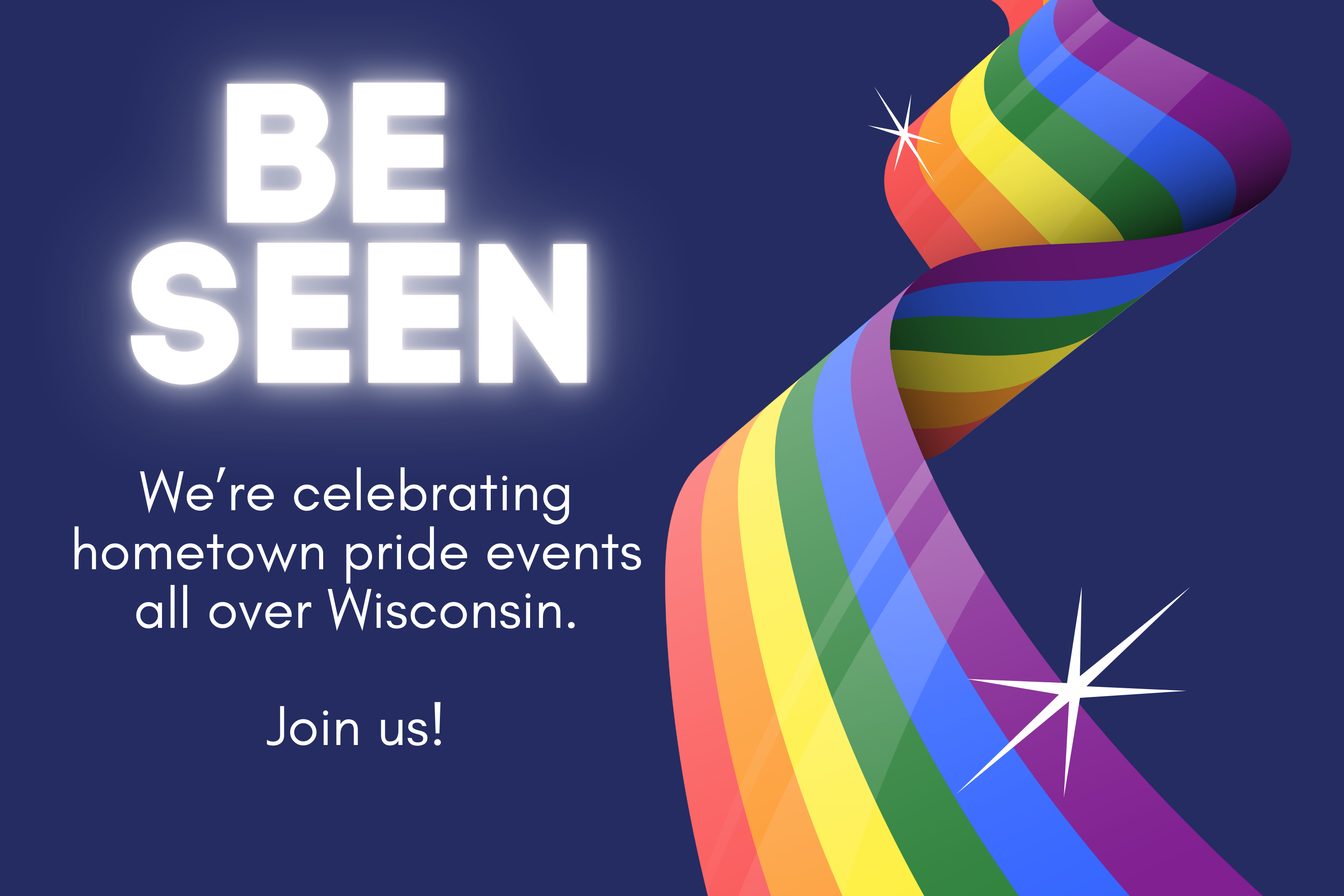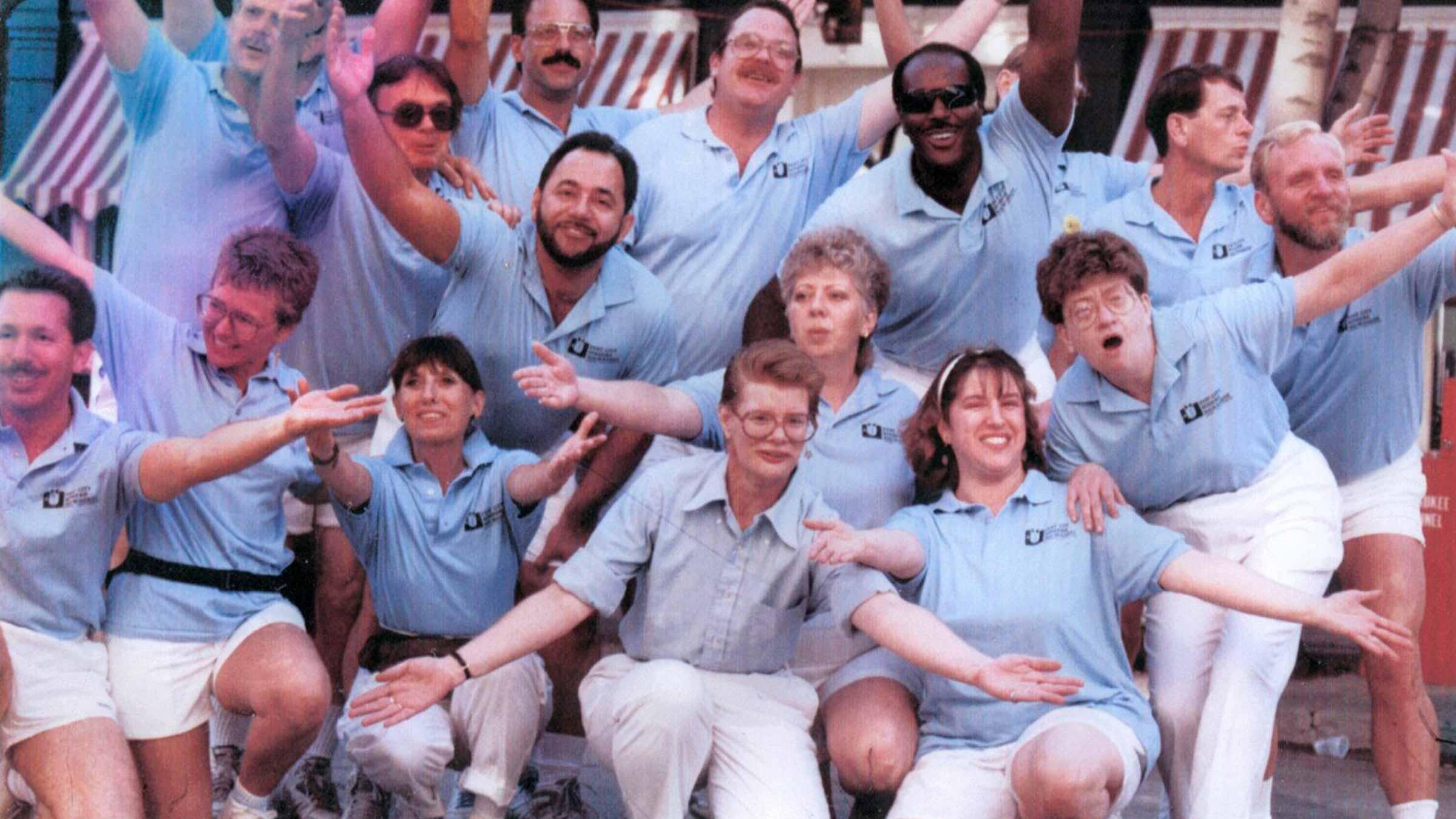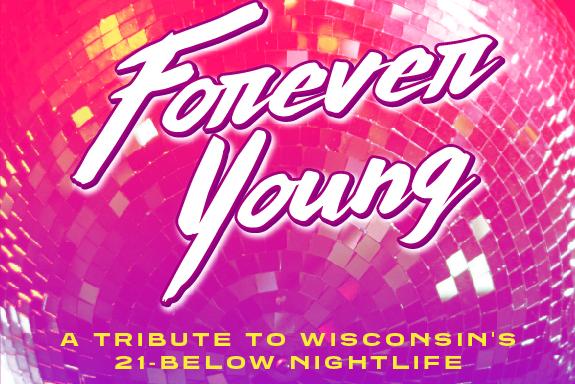
Forever Young celebrates the connectivity of 21-below nightlife

Club Marilyn. The Option. New Bar. The Attic West. Park Avenue. Bailey's. Faces. 21 Below. CafeVoltaire. ... and many, many more–some already forgotten.
The Wisconsin LGBTQ History Project, in partnership with the History Press, has announced the launch of its next book project, "Forever Young,” celebrating Wisconsin's transformative "teen club" culture of 1986-1996.
Following the National Minimum Drinking Age Act of 1984, 27 states – including Wisconsin – were pressured to raise their drinking age to 21 or lose federal funding. Faced with losing over$20 million a year, Wisconsin reluctantly raised the long-standing drinking age to 19 in 1985 and 21 in 1986.
After two years of grandfathered access, time finally ran out. On Sept. 1, 1988, the drinking age was firmly set at 21 – one of the highest in the world – and has remained there ever since.
People aged 18 to 20 found themselves in a strange limbo. They were no longer teenagers, but not yet full adults. According to census data, half a million Wisconsin residents were "21 below" in 1988 – and they were now all dressed up, with nowhere to go.
Fortunately, the same special legislative session that raised the drinking age also legalized a new revenue stream for business owners: non-alcoholic, reduced-hours, adult-supervised "teen nights" for ages 15-20.
Greatly inspired by Chicago's Medusa's, teen clubs exploded throughout Wisconsin with dance anthems, laser-lit dancefloors, and disruptive fashions. For disconnected teens in a pre-digital age, these clubs were an otherworldly escape from hometown doldrums, a playground for outrageous adventures, and a high society of diverse and colorful characters.
Yet, within a decade, the teen club craze was essentially over, and today, all that remains of these spaces are fading photos and middle-aged memories.
"Forever Young” will explore the cultural impact these nightspots had on youth all over Wisconsin. Generation X was the last generation to grow up without the internet. In a time before online resources, social media, mobile apps, or Gay-Straight Alliances, these clubs shaped identity, community and society for LGBTQ youth.
Few of these places are still standing, and, sadly, so many of our old friends have already left us. We owe it to them to tell this story.
Were you part of the revolution? The History Project seeks to interview former customers from clubs in Milwaukee, Madison, Green Bay and the Fox Valley, as well as business owners, managers, servers, DJs, bouncers and more. We're also seeking photos, souvenirs, and visual memorabilia. All sources will be properly credited.
Contact wislgbtqhistory@gmail.com to join the project!
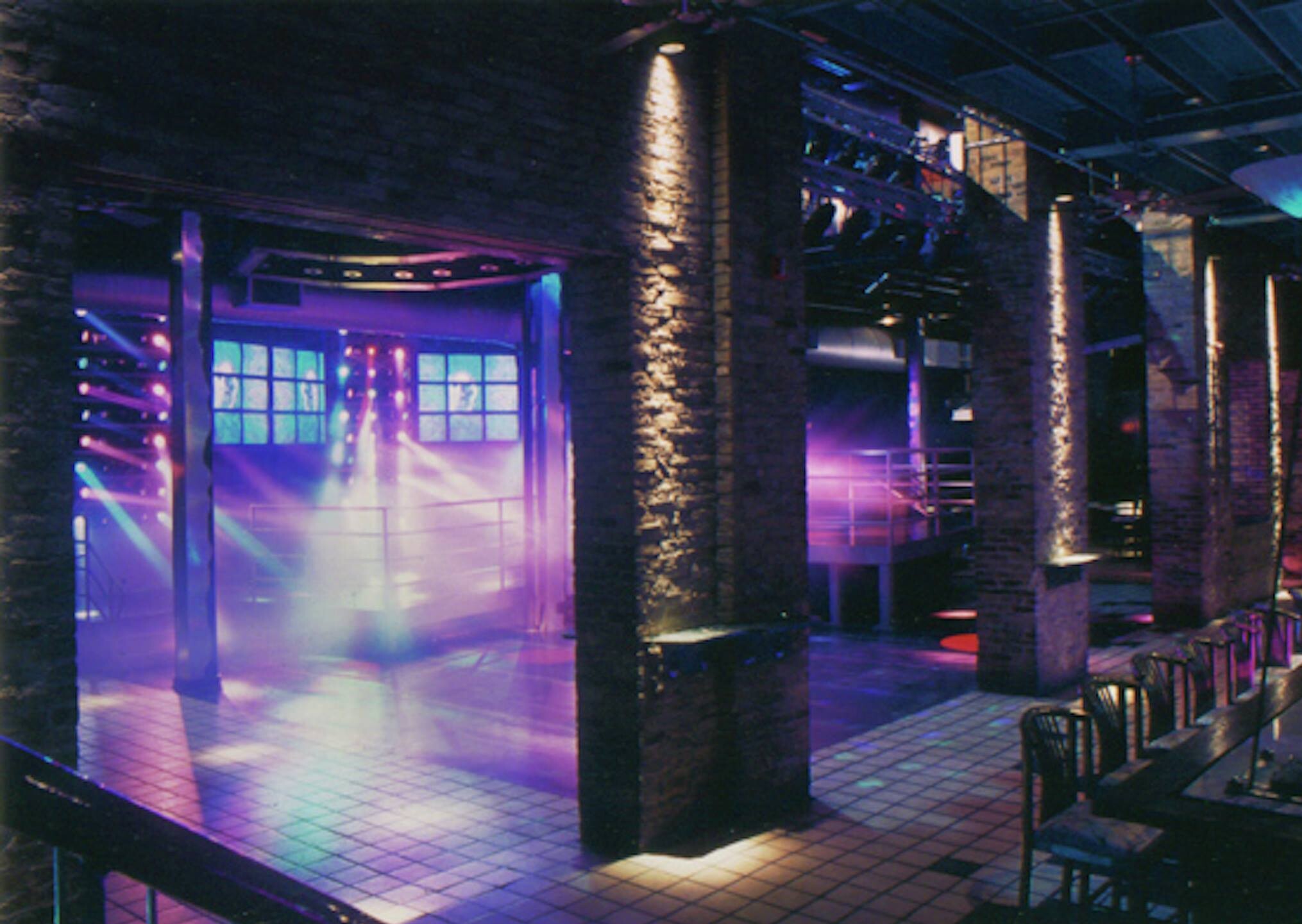 Park Avenue (Milwaukee)
Park Avenue (Milwaukee)
